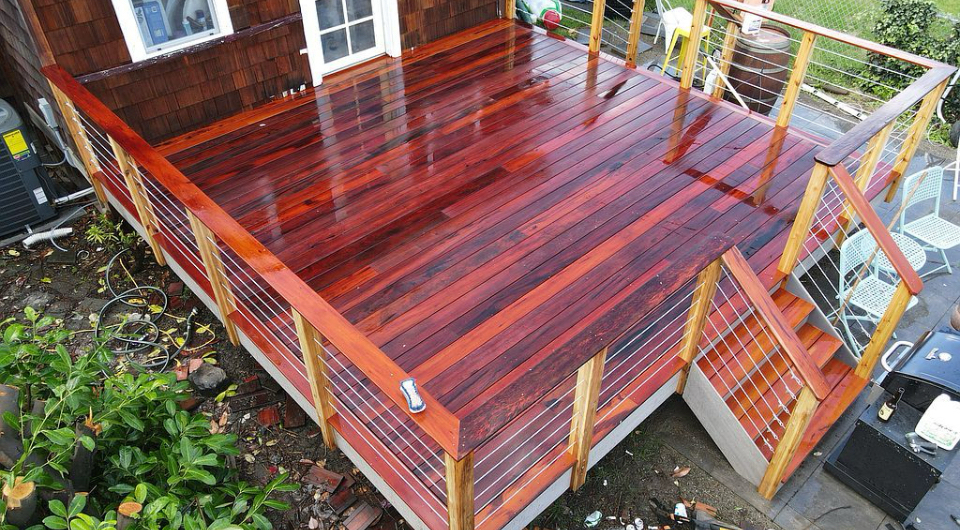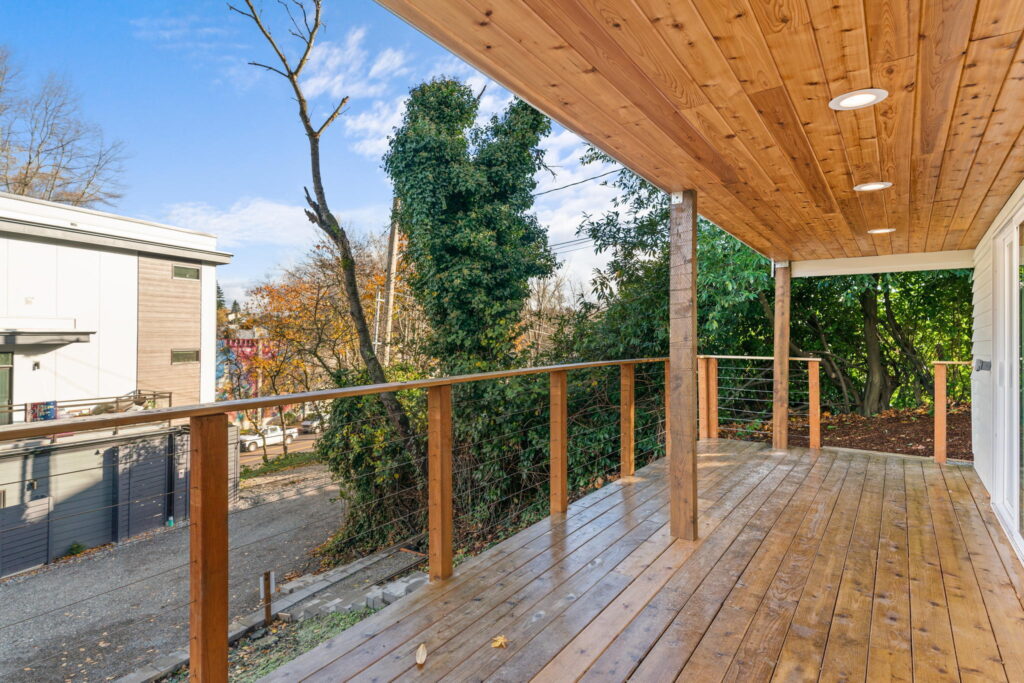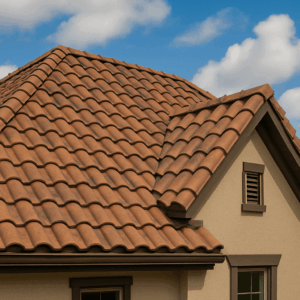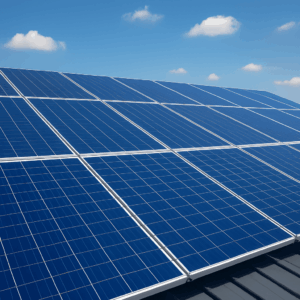When building or replacing a deck, one of the most important decisions you’ll make is what material to use. The best decking material isn’t just about appearance—it affects longevity, maintenance, cost, and your overall outdoor experience.
Whether you prefer the natural charm of cedar or the durability of composite and PVC, today’s deck material options offer something for every homeowner. In this guide, we break down four leading choices: cedar, composite decking material, PVC decking material, and Aspire, a newer high-performance solution.
Cedar Decking: Classic Beauty with Natural Appeal
Cedar is one of the most traditional decking materials available. Its warm tones and aromatic scent create a natural outdoor ambiance that’s hard to replicate with synthetic products.
Pros of Cedar
- Naturally resistant to rot and insects (especially heartwood)
- Easier to work with than denser woods
- Offers a timeless, rustic look that ages to a silvery-gray patina
Cons of Cedar
- Requires frequent sealing or staining to preserve its color
- Softer than hardwoods—more susceptible to dents and scratches
- Shorter lifespan (typically 15–25 years) compared to composites
Best for: Homeowners who love the look of real wood and are committed to seasonal maintenance.

Composite Decking: Low-Maintenance and Long-Lasting
Composite decking material has surged in popularity thanks to its blend of recycled wood fibers and plastics. Brands like Trex, TimberTech, and Fiberon offer products that mimic wood without the upkeep.
Pros of Composite Decking
- Highly resistant to moisture, rot, and fading
- Requires no sealing or staining
- Available in a wide range of colors and wood-grain textures
Cons of Composite Decking
- Can feel hotter underfoot in direct sun
- Higher upfront cost than wood
- Not fully recyclable (though many brands use recycled content)
Best for: Busy homeowners seeking an attractive, durable, and low-maintenance deck material.
PVC Decking: Ultimate Durability and Weather Resistance
PVC decking material is made from 100% synthetic plastic, making it highly resistant to the elements—ideal for wet or humid environments like the Pacific Northwest.
Pros of PVC Decking
- Won’t rot, mold, or absorb moisture
- Superior fade and stain resistance
- Lightweight and easy to install
Cons of PVC Decking
- More expensive than wood or standard composites
- Can expand or contract with temperature changes
- Less natural appearance (though premium brands are improving aesthetics)
Best for: Coastal homes, poolside decks, or areas with high humidity and heavy rainfall.
Aspire Decking: A New Standard in Sustainability and Strength
Aspire is an emerging name in premium decking materials, designed for eco-conscious homeowners who don’t want to compromise on performance or aesthetics.
Pros of Aspire Decking
- Made from sustainable, recycled materials
- Exceptional durability and slip resistance
- Modern designs with advanced UV protection
Cons of Aspire Decking
- Still gaining market recognition—fewer style options than legacy brands
- Price may be at the higher end of the market
Best for: Homeowners who want to invest in the future—eco-friendly, modern, and low maintenance.

Final Thoughts: What’s the Best Decking Material?
There’s no one-size-fits-all answer to the best decking material. It all depends on your priorities—do you want a deck that’s low maintenance, sustainable, budget-friendly, or all of the above?
- Choose cedar for natural beauty and tradition.
- Opt for composite decking material for long-term performance without the hassle.
- Select PVC decking material if moisture and durability are top concerns.
- Explore Aspire decking for next-generation sustainability and strength.
When in doubt, talk to a professional who can assess your environment, budget, and long-term goals. The right deck material makes all the difference in comfort, curb appeal, and return on investment.
Ready to Build the Perfect Deck?
Choosing the best decking material is just the first step—expert installation makes all the difference. At Orca Roofing & Exteriors, we specialize in custom deck installations across the Puget Sound region using top-tier materials like cedar, composite, PVC, and Aspire decking. Whether you’re upgrading your outdoor space or building from the ground up, our team delivers lasting craftsmanship and personalized service.
👉 Contact Orca today to schedule your free consultation and bring your ideal deck to life!
FAQ Best Decking Material:
What is composite deck material?
Composite decking material is made from a blend of wood fibers and plastic, designed to mimic the appearance of wood while offering superior resistance to moisture, fading, and insects. It’s a popular low-maintenance alternative to traditional wood decking.
How to clean composite deck material?
To clean composite decking material, use a soft-bristle brush and a mixture of warm water and mild soap. Scrub gently to remove dirt and debris. Avoid using harsh chemicals or pressure washers, as they may damage the surface. Regular cleaning helps preserve its color and texture.
What is the best decking material?
The best decking material depends on your priorities. Cedar is great for natural beauty, composite decking material offers low maintenance, PVC decking material is extremely moisture-resistant, and Aspire provides high-end performance with eco-friendly construction. Compare durability, aesthetics, and upkeep before choosing.
How to calculate decking material?
To calculate decking material, measure the square footage of your deck (length × width), then account for spacing and waste—typically 10–15%. Factor in joist spacing, board size, and any custom design elements like stairs or railings for a more accurate estimate.


